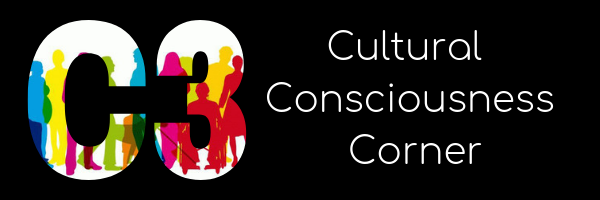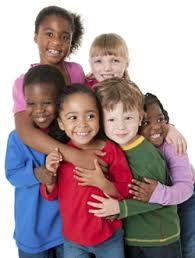Culture, Language and Immigration
By Diversity Solutions Group
What is Culture?
Culture refers to the way we eat, sleep, talk, play, relate to one another, religion or spirituality we practice (or do not), clothing, housing, rituals/holidays, communication styles, and more. We express our culture every day, and nothing is more important within a culture than how children are raised. What is acceptable around child rearing in one culture, may not be acceptable in another. In a society as diverse as ours, maneuvering through its multiple cultures can be complex and confusing, as well as rich and delightful.
- Acculturation – A process through which a person or group from one culture comes to adopt the practices and values of another culture, while still retaining their own distinct culture.
- Cultural Informant – A person who is highly self-aware of their own cultural values, norms, and appropriate behaviors and who understands the nuances well enough to express this knowledge to others who are less familiar with the culture.
One Language or Two Languages?
While all children need English in order to thrive in their country (i.e. United States), they also need support in maintaining their home language in order to stay deeply connected to their families, as well as for the many advantages of being bilingual. Language is an essential part of culture and cultural self-esteem.
How Does Immigration Affect Children?
A child’s risk of having mental health problems like depression, anxiety, and severe psychological distress increases following the detention and/or deportation of a parent. Since late 2016, doctors and service providers have reported anecdotally that they have seen more children exhibiting stress and anxiety-related behavioral changes, including symptoms of “toxic stress” due to fear that a family member will be deported.
Whether you view the United States as a melting pot or as a salad bowl, its population includes a rich diversity of individuals from varied cultural origins. Our nation is enriched by this diversity. Yet children who immigrate to the United States face many obstacles as they adjust to their new homeland. Teachers who have newly arrived immigrant children in their classrooms are likely not only to face language barriers but also to have miscommunications with these children and their parents because of cultural differences, assumptions and beliefs. At the same time, immigrant children provide a rich opportunity for teachers to create a multicultural environment that will enhance the learning of ALL their students.
Educators should strive to be particularly patient and empathic when faced with students who are having a hard time adjusting to their new culture. Not surprisingly, children adjust more quickly and easily to a new environment if they have healthy self-esteem. Educators will facilitate children’s adjustment and self-esteem if they are able to celebrate and affirm the child’s cultural identity (e.g., celebrate with the child a holiday from his or her cultural tradition).
Children’s contact with their new society—necessary for adaptation—is strongly influenced by their living arrangements, schooling experiences, and the attitudes and behaviors of adults around them. Given that educators provide much of the contact that students (and often parents) have with the new society, they can have a large impact on the acculturation of immigrant children. Children who attend school will encounter members of the host culture with greater frequency than will adults who stay at home. Teachers and other educators can attest to the fact that for many immigrant families, school-going children become an important bridge for parents (especially stay-at-home mothers) to the host society.
Educators will be best able to help immigrant children adjust when they are aware of and respond sensitively to the acculturation styles of both children and their parents. For example, in a case where parents are not showing progress in their acculturation, teachers may want to be proactive in encouraging active class participation from the child, while respecting the cultural tradition of the family. Parents who are actively acculturating are a valuable resource for teachers; these parents may welcome an opportunity to speak to their child’s class about their own language, country, customs, games, music, foods, etc. Reducing the barriers to parent engagement in early childhood education and care programs will encourage school success and help many young children of immigrants close the gaps in kindergarten readiness with their native peers.
Look for C3’s next article in our June newsletter.
Sources:

